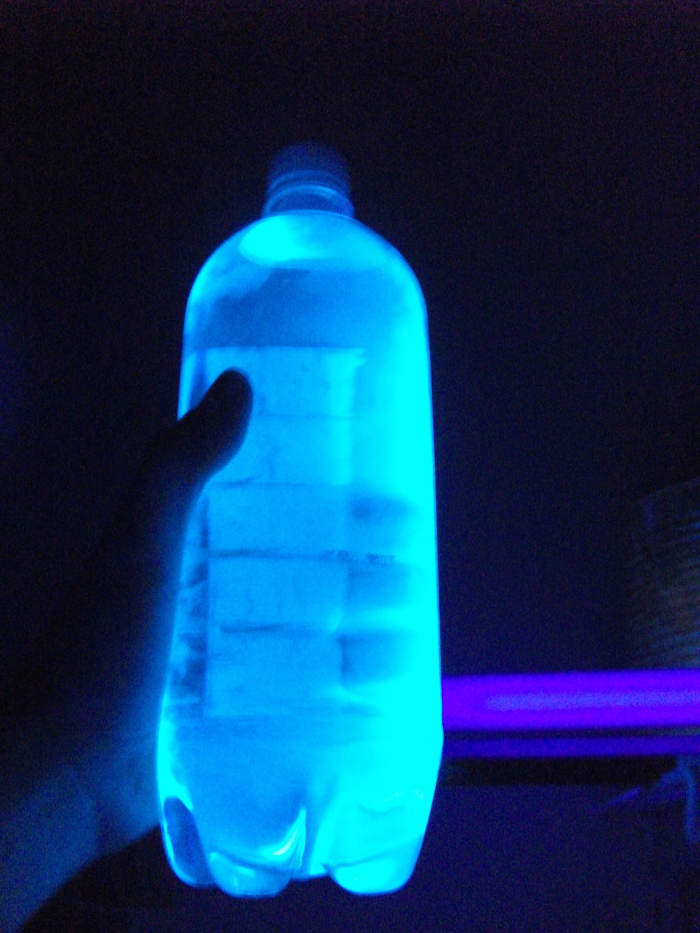

This story originally aired on All Things Considered on July 26, 1979. She points out that we are still not sure why all materials are not triboluminescent, as artificial sweeteners or transparent sugar candy appear not tot be, although it could be that our eyes just aren't sensitive enough to see it.Īs many kids will tell you, you can try this for yourself by eating these particular mints in the dark. Transcript NPR investigates the scientific mystery of the spark emitted by chewing Wint-O-Green Life Savers mints. “When the sugar is cracked, electrical charge is separated, positive from negative, and when there is a big enough charge accumulation (electric field) the electrons jump through the air in the crack, colliding with and exciting the nitrogen molecules as they do.” Sweeting, a chemist at Towson University, explains in a blog post. Why Do Wint-O-Green Life Savers Spark in the Dark Maybe youve tried this game of biting down on a wintergreen candy in the dark and looking in the mirror. The Wint-O-Green Life Saver Effect, long of interest to children and adults chewing the candies in pitch-black closets to see the blue-white sparks shooting out of. “It appears that triboluminescence is lightning on a very small scale,” Linda M. This roughly means “friction-light” and refers to the light that is generated due to the breaking of chemical bonds when materials are smashed, rubbed, or scratched. You can basically do this experiment just by eating Life Savers in the dark, or you can watch this video to see in slow-motion how it lights up after being smashed by a hammer.Shot at a fantastically high frame rate, this video from YouTube channel Smarter Every Day 2 shows how crushing a Wint-O-Green Lifesaver mint with a hammer can produce an optical phenomenon known as triboluminescence. When the sugar is cracked, electrical charge is separated, positive from negative, and when there is a big enough charge accumulation (electric field) the electrons jump through the air in the crack, colliding with and exciting the nitrogen molecules as they do." Sweeting, a chemist at Towson University, explains in a blog post, "It appears that triboluminescence is lightning on a very small scale. If a friend would come to you with an idea of crashing a Life Saver, it wouldn't sound so much fun, but it actually lights up like lightning after being smashed. What makes the lifesavers spark Question: What makes the lifesavers spark the wintergreen ones when you crunch them in the dark they make green shocky. Wint-o-Green Lifesavers tande, hamer of tang Jy kan enige van n aantal harde lekkergoed gebruik om triboluminescensie te sien, maar die effek werk die beste met wintergroen-gegeurde snoep omdat wintergroen olieflorosensie die lig verlig. This isn't something so shocking since all hard sugar-based candies emit some degree of light when they're breaking, and this effect is called triboluminescence which is an optical phenomenon in which light is generated through the breaking of chemical bonds in a material. Hoe om Candy Spark in die donker te maak. This story originally aired on All Things Considered on J. It works really well with sugar, and even better with. NPR investigates the scientific mystery of the spark emitted by chewing Wint-O-Green Life Savers mints. Whats happening: When you crunch the candy, electrons get ripped off of the sugar molecules. (If you dont have a mirror, get a partner and watch each other.) Chew a Lifesaver with your mouth open. Have you ever realized that when you're eating Wint-O-Green Life Savers, they spark? Triboluminescence Experiment - Lifesavers Sparks Triboluminescence is a flash of light produced when a certain things are broken or stressed. Lifesavers Wint O Green Mints might just be the tool we need to observe this science Crush them, observe and detect what makes the flashes visible. A dark room with a mirror Wintergreen Lifesavers What to do: Stand in the dark room facing the mirror.


 0 kommentar(er)
0 kommentar(er)
